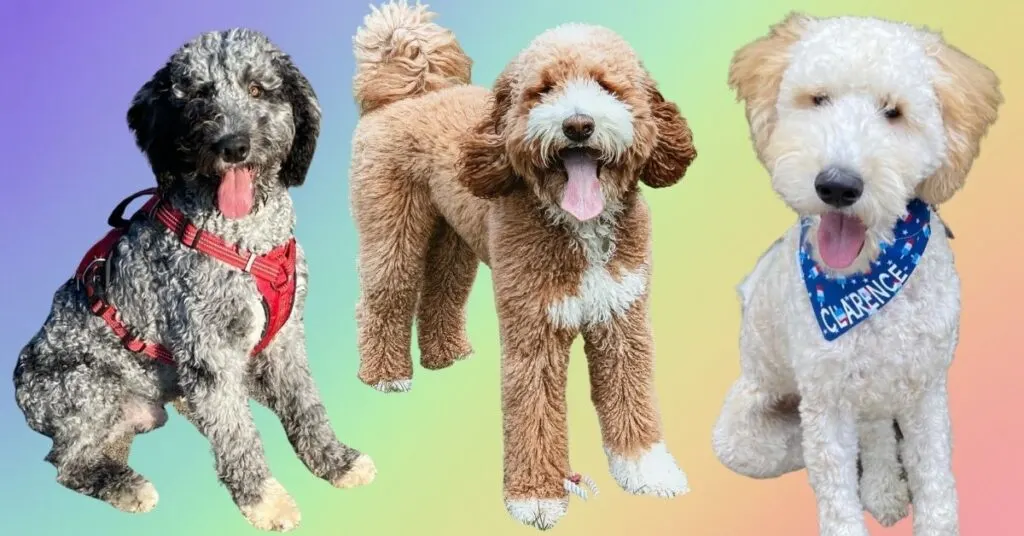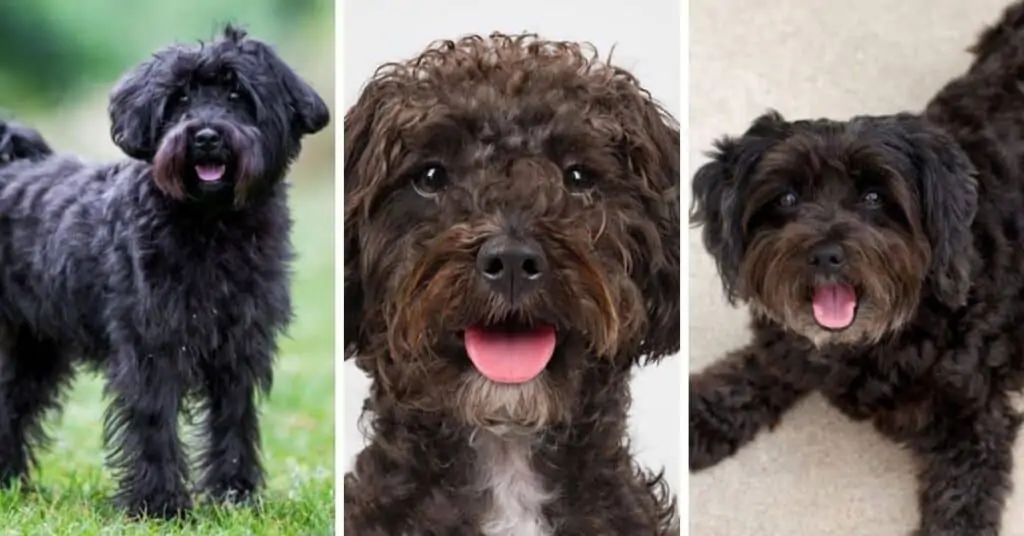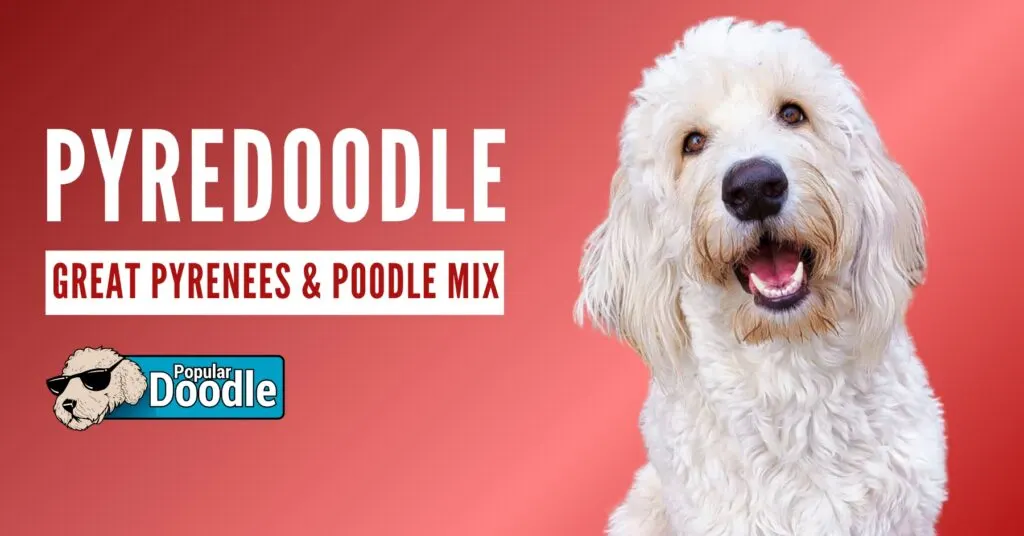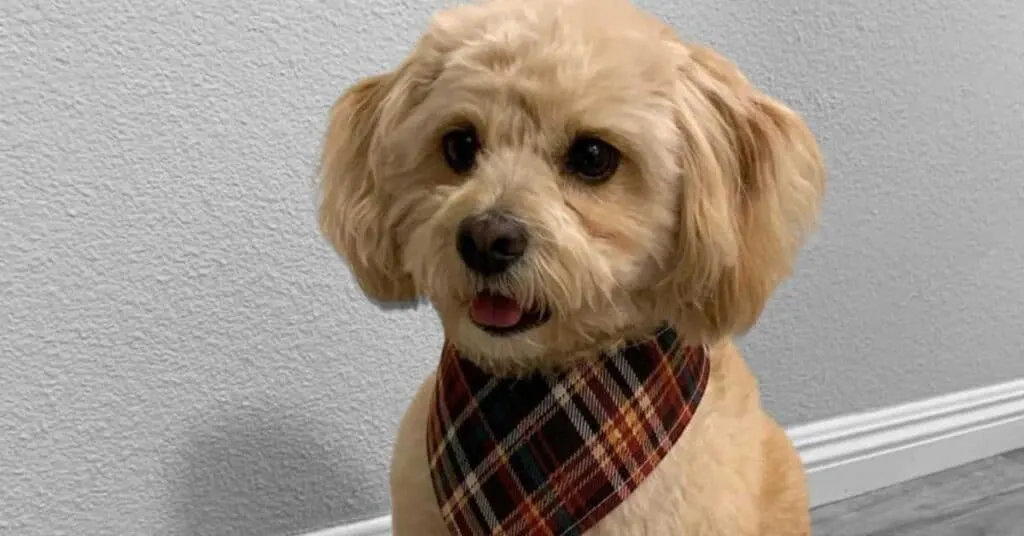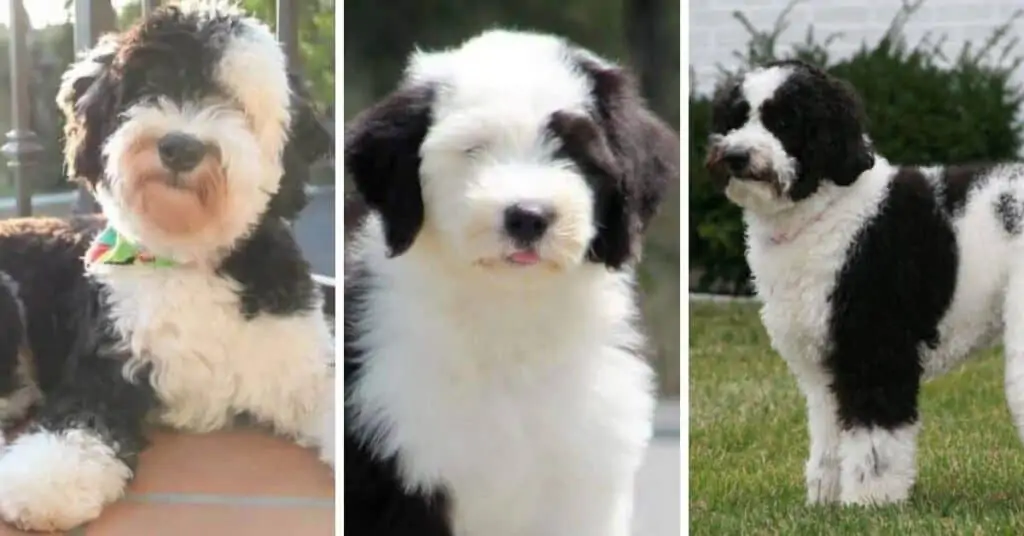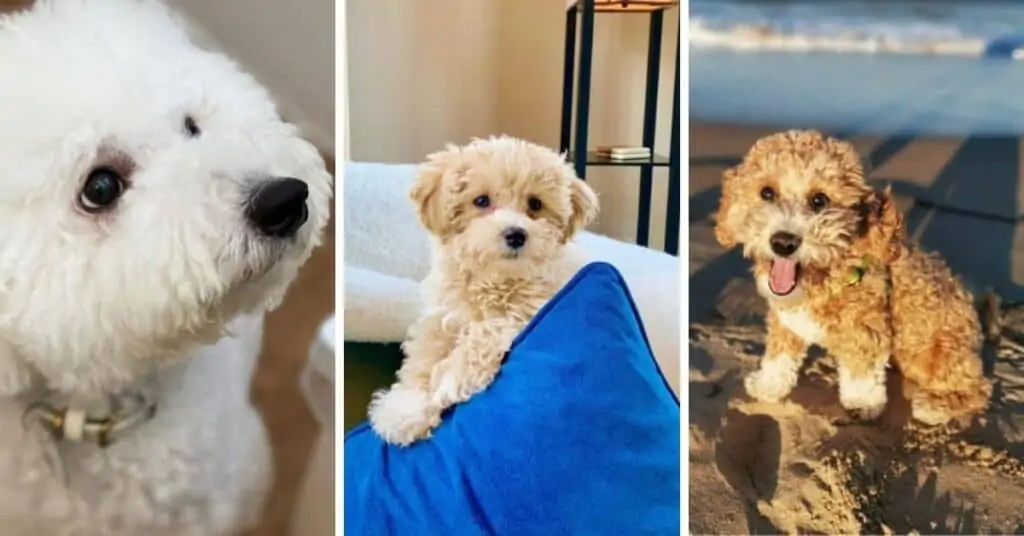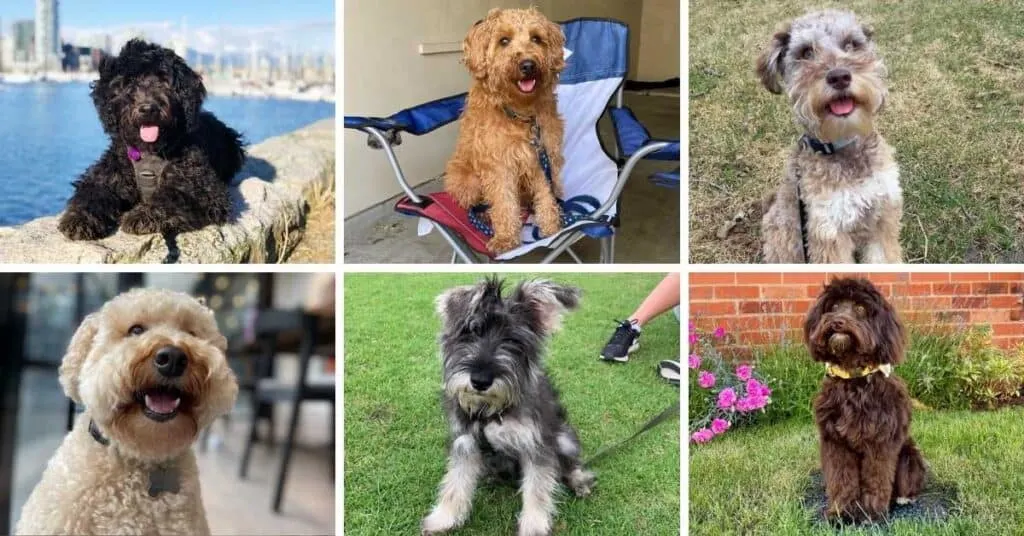
The Schnoodle is best known for its highly desirable coat. The product of two hypoallergenic breeds, the Schnauzer and the Poodle, this crossbreed is a great choice for allergy-sufferers.
Not only is their coat practical, but it’s adorable as well! Often having a teddy-bear appearance, your Schnoodle is sure to attract admirers wherever you go!
What many prospective owners don’t realize is just how many Schnoodle color options there are! In this article, we’ll list both common and rare colors of Schnoodles so you know all your options when searching for your new best friend!
What Colors Do Schnoodles Come In?
Schnoodles can come in over 15 different colors and patterns including black, white, apricot, parti, and sable!
While Schnauzers only have 3 official color options according to the AKC, Poodles have over 20 recognized colors and patterns! Combine these two breeds together, and there are many options to consider!
Do Schnoodles Change Colors?
It’s common for the color of your Schnoodle to change as they age. This is a completely normal occurrence! When this happens, a Schnoodle’s coat will usually fade from a darker color to a lighter one. A few examples include an apricot Schnoodle turning cream or a black Schnoodle turning silver.
Some color patterns, such as the sable Schnoodle, are known for fading or “clearing” over time.
Your breeder will be able to give you a good idea of what color your puppy’s coat may become as they grow older.
Common Schnoodle Colors
Black Schnoodle
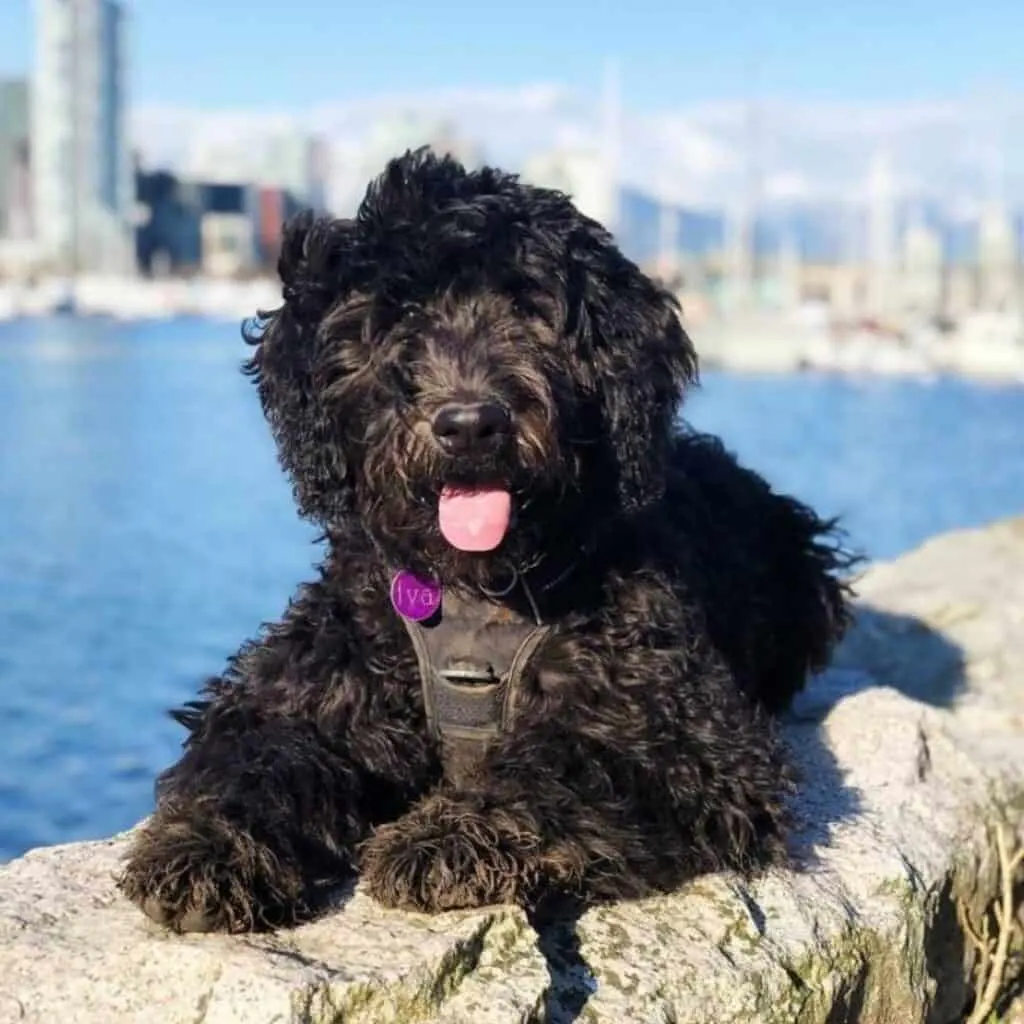
Thanks to solid black being one of the 3 AKC recognized colors of the Schnauzer, black Schnoodles are very common! Both the Schnauzer and Poodle parent breeds can contribute to your Schnoodle puppy having a black coat.
While this color is adorable, many pet-parents express frustration that this is the hardest color to photograph. Sometimes it can be hard to capture your dog’s eyes due to their dark hair color.
Not only is a solid black Schnoodle an option, but there are many bi-color options that black is often a part of that we’ll discuss later in this article!
White Schnoodle
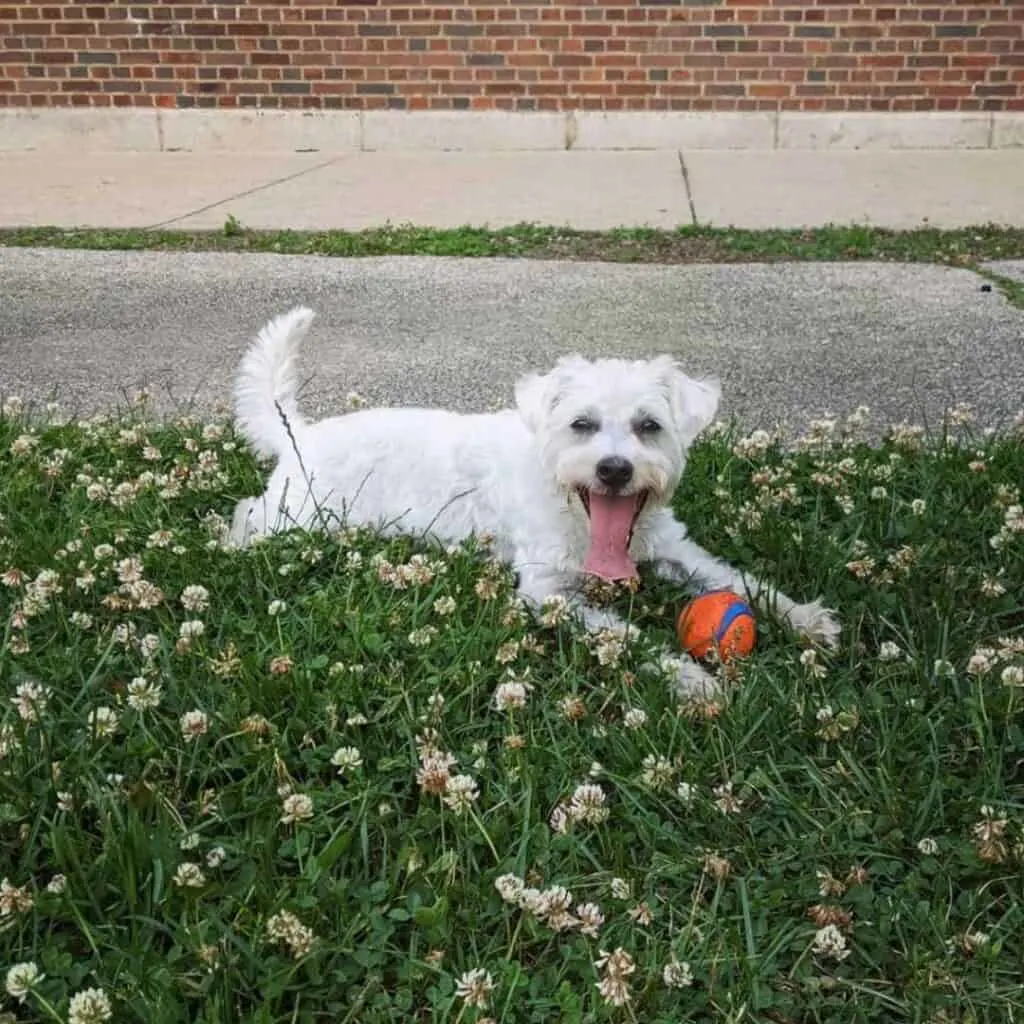
Along with black, white Schnoodles are one of the two most common color choices! White Is also usually a part of many of the more rare color patterns Schnoodles come in.
White is primarily inherited from the Poodle side of this crossbreed.
One thing to consider when getting a white Schnoodle (or even a light-colored one) is that it can be hard to keep their coat looking clean. When white coats are clean they look immaculate! However, they easily show mud, grass, tear stains, and food stains around your dog’s mouth.
Cream Schnoodle
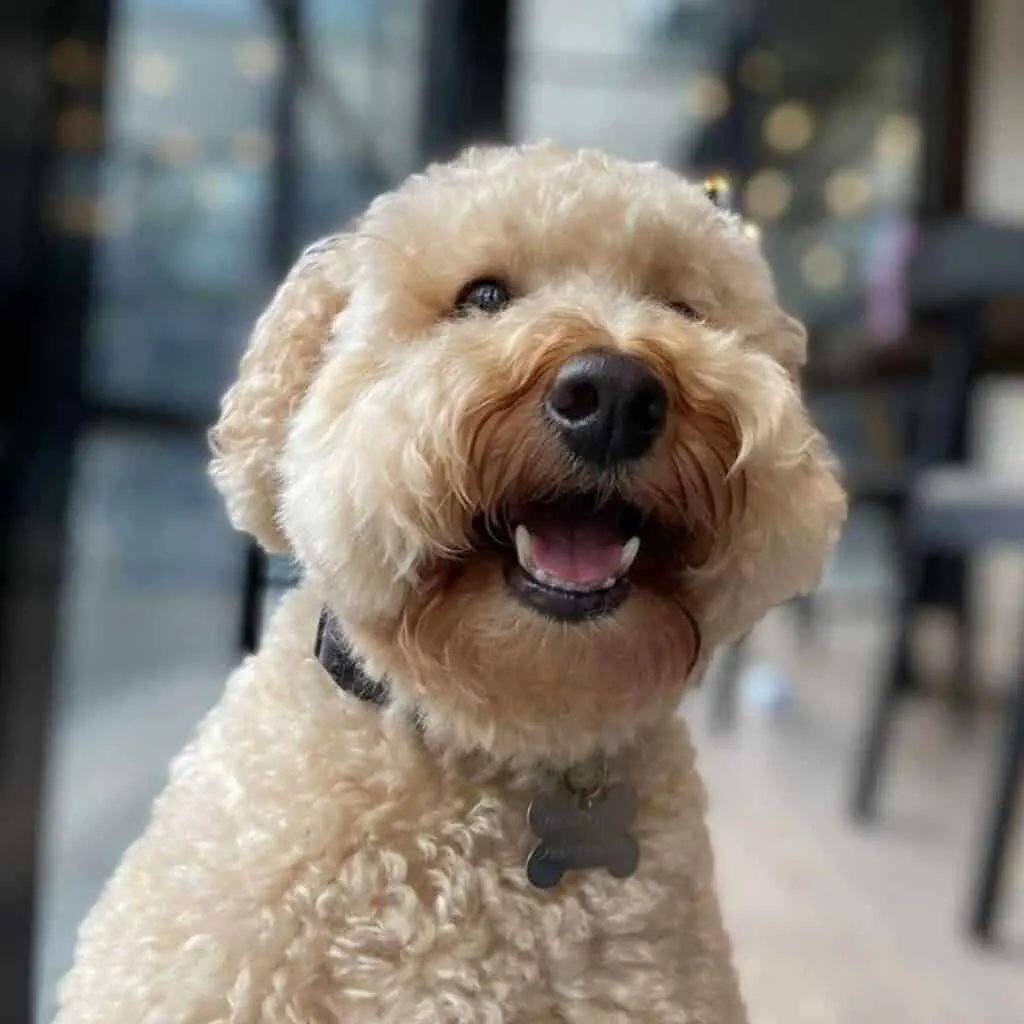
Cream Schnoodles are a rich off-white color with a hint of yellow. From a distance, you may even mistake a light cream Schnoodle for a white Schnoodle, especially as they age and potentially fade.
This color comes from the Poodle side and is often associated with Goldendoodles or Labradoodles.
Apricot Schnoodle
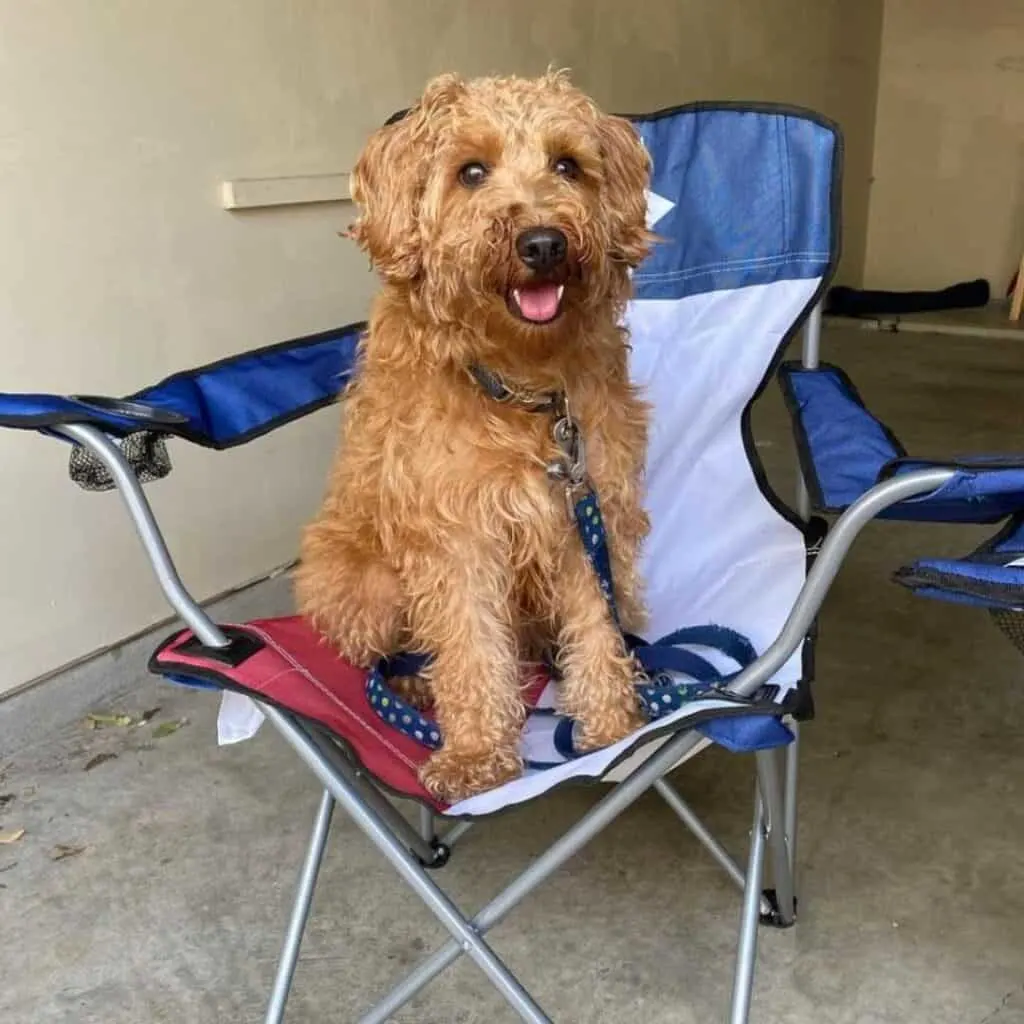
Apricot Schnoodles are often confused with red Schnoodles. However, apricot is a distinctly lighter color which resembles the inside of a peach. Apricot Schnoodles are also much more common.
Brown Schnoodle / Chocolate Schnoodle
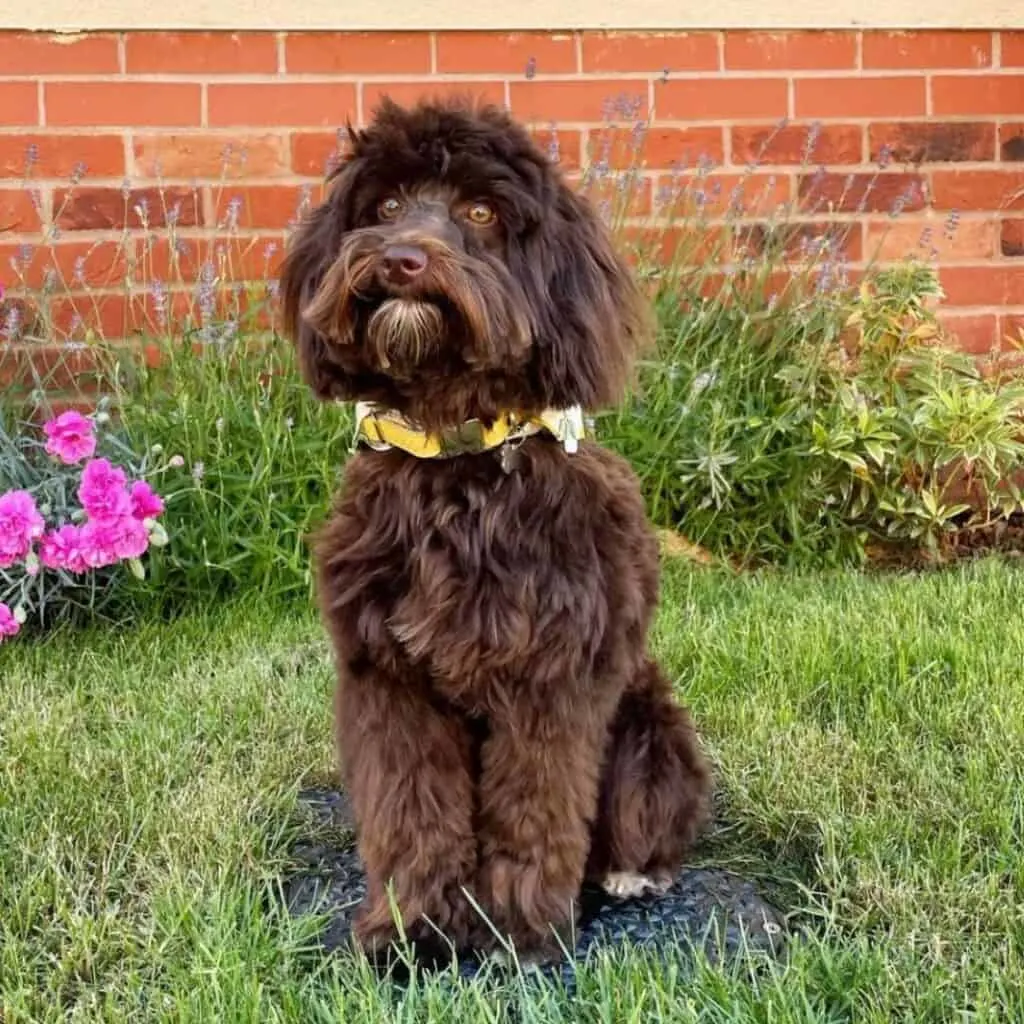
Brown Schnoodles have a classic teddybear look to them that is simply adorable. This color is very general in nature and there are many similar colors that people associate with brown such as tan, beige, and cream.
If you hear someone use the term “chocolate Schnoodle,” they’re likely referring to the brown color as many breeders use them interchangeably. Chocolate is typically used to describe darker shades of brown.
Rare Schnoodle Colors & Patterns
Red Schnoodle
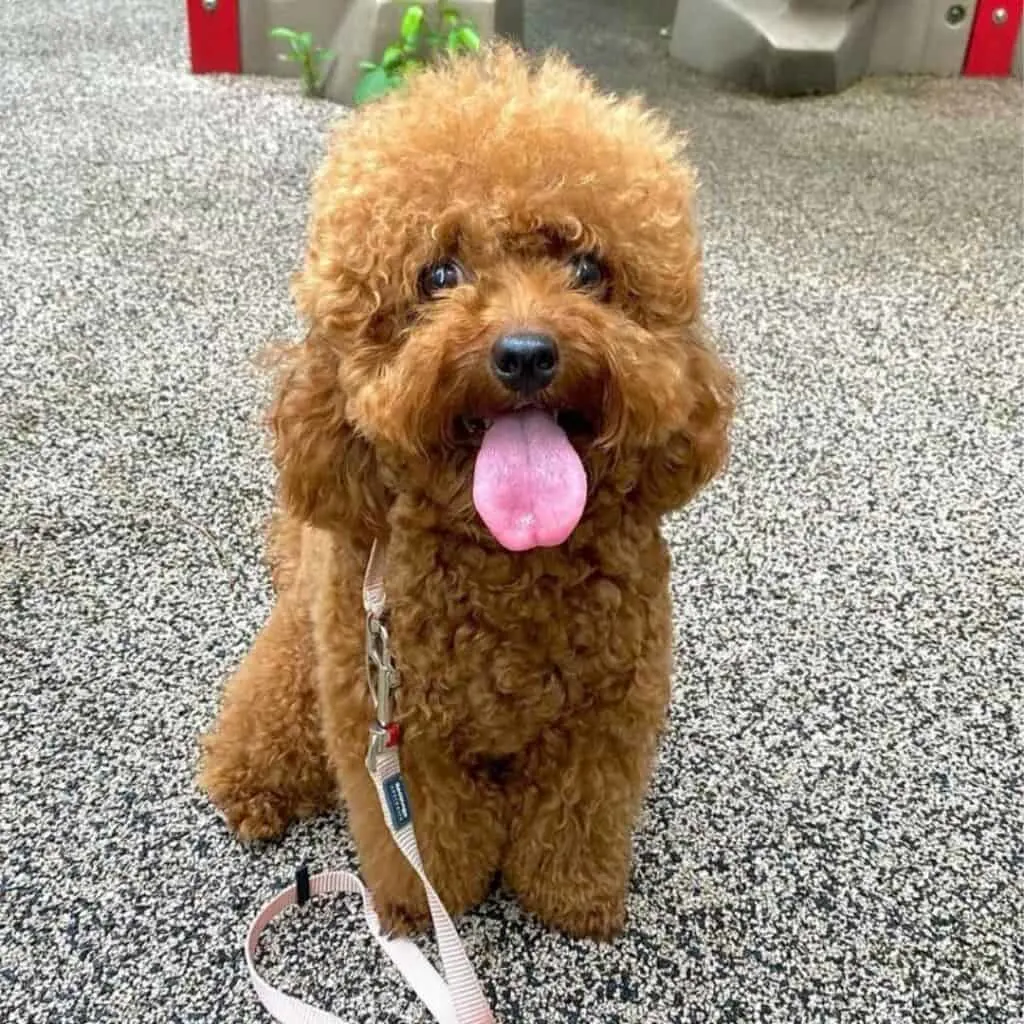
While apricot Schnoodles are common, red Schnoodles are much more rare. That’s because “red” is used to describe much darker colored dogs as apposed to the lighter apricot color.
A good way to imagine what a red dog looks like is the typical color of an Irish Setter.
Tan Schnoodle / Beige Schnoodle

While tan and beige may have slightly different interpretations when choosing paint colors, when it comes to dogs they’re often used interchangeably. In fact, what make tan Schnoodles and beige Schnoodles so “rare” is that they’re often categorized as cream-colored or brown-colored.
Gray Schnoodle / Silver Schnoodle
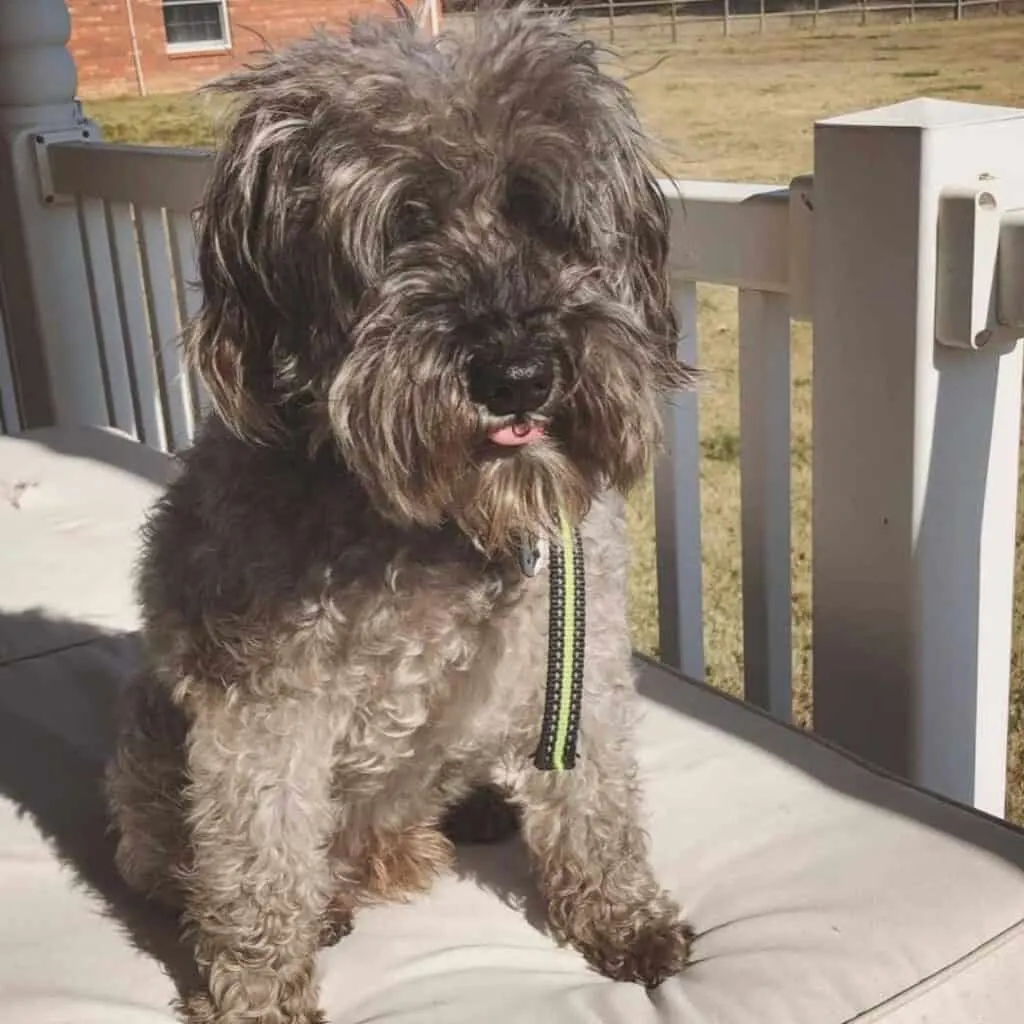
A gray or silver Schnoodle is a rare color for puppies to be born as. However, black Schnoodles sometimes “silver” or fade to a gray color as they age.
Thanks to the gray color being more commonly found in Schnauzers than Poodles, it makes this color a bit more likely than some of the other rare options here.
Black and White Schnoodle
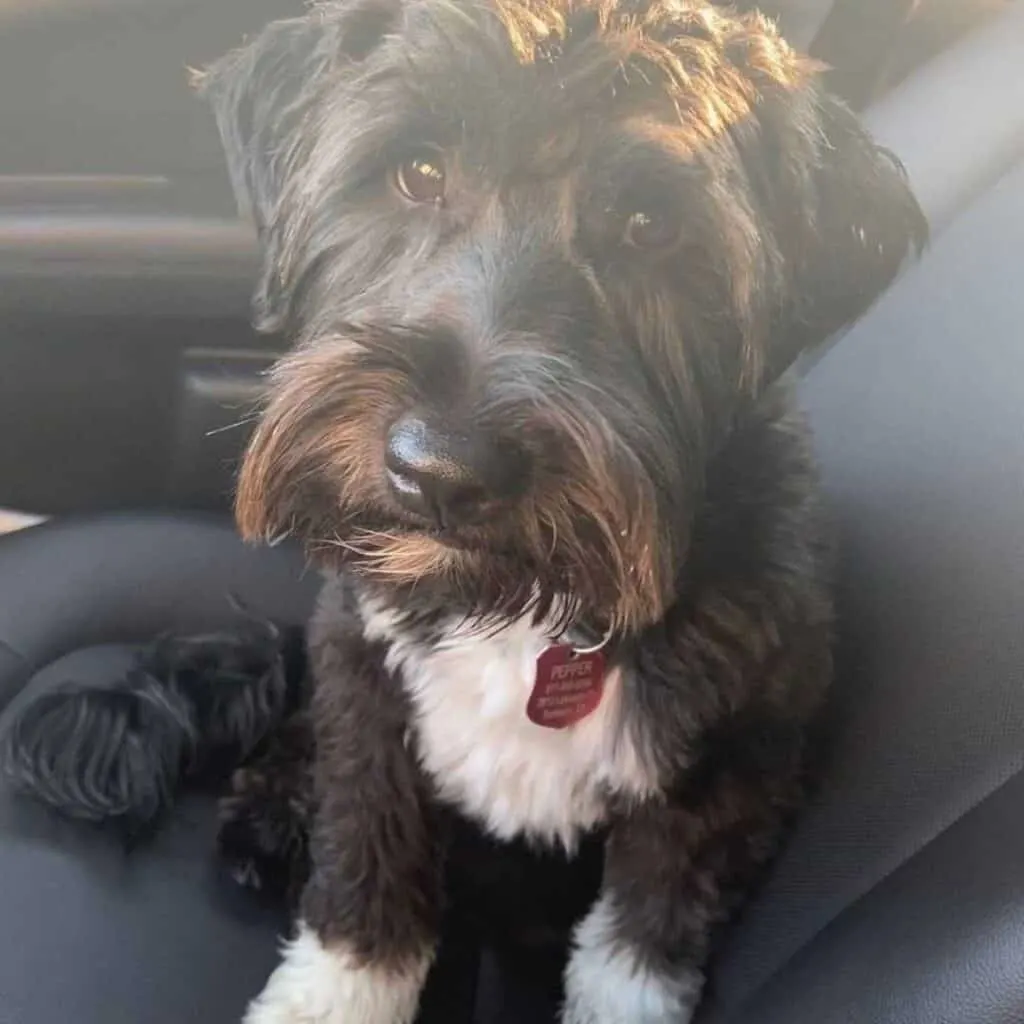
In general, bi-colored Schnoodles are more rare than their solid colored counterparts. The most common color combination, however, is the black and white Schnoodle. A fun mix between two of the most common Schnoodle colors, you’ll see lots of adorable variations of this combination.
Black and Tan Schnoodle
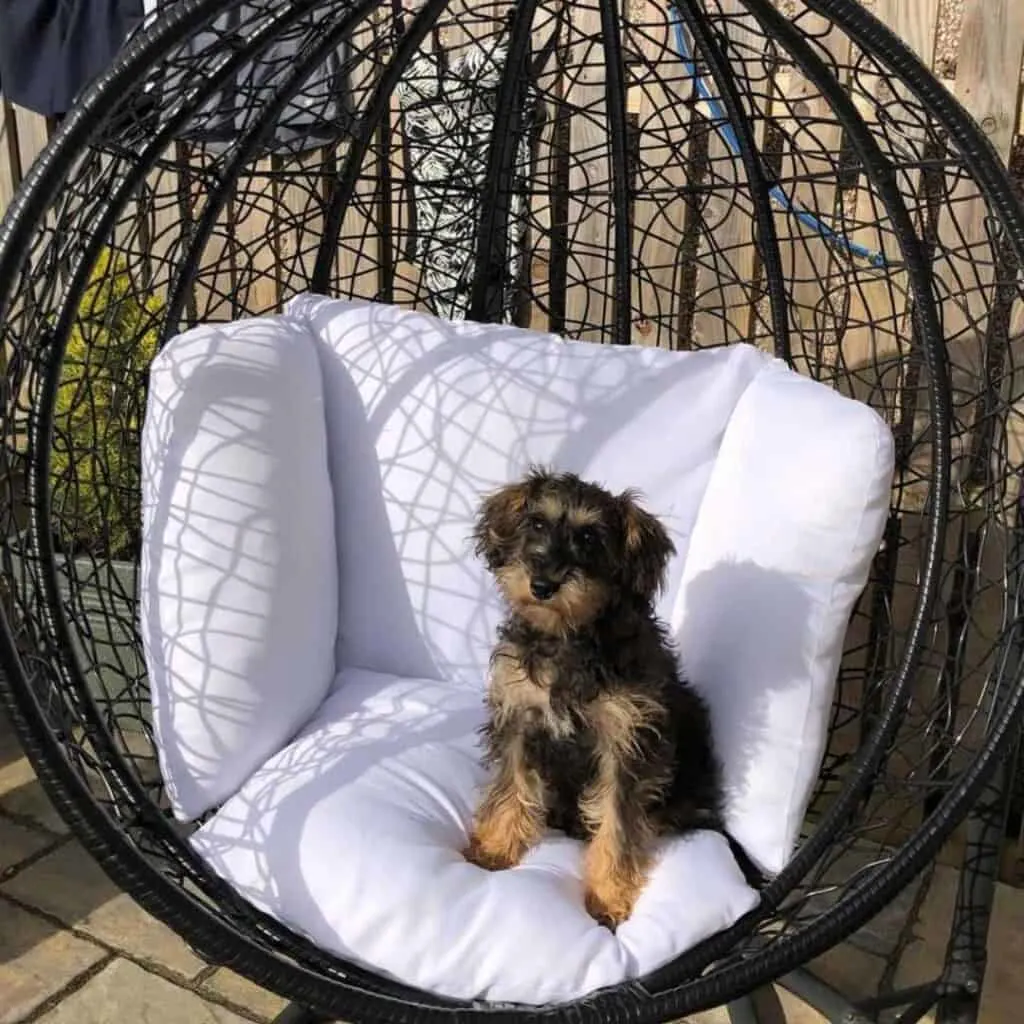
As we discussed earlier, sometimes slightly different colors are used interchangeably by owners and breeders. That’s the case with the black and tan Schnoodle which is essentially the same as the black and brown Schnoodle.
No matter what you call it, this combination is rare in this breed. When you see it, it’s often in phantom Schnoodles which we’ll talk more about below.
Salt and Pepper Schnoodle
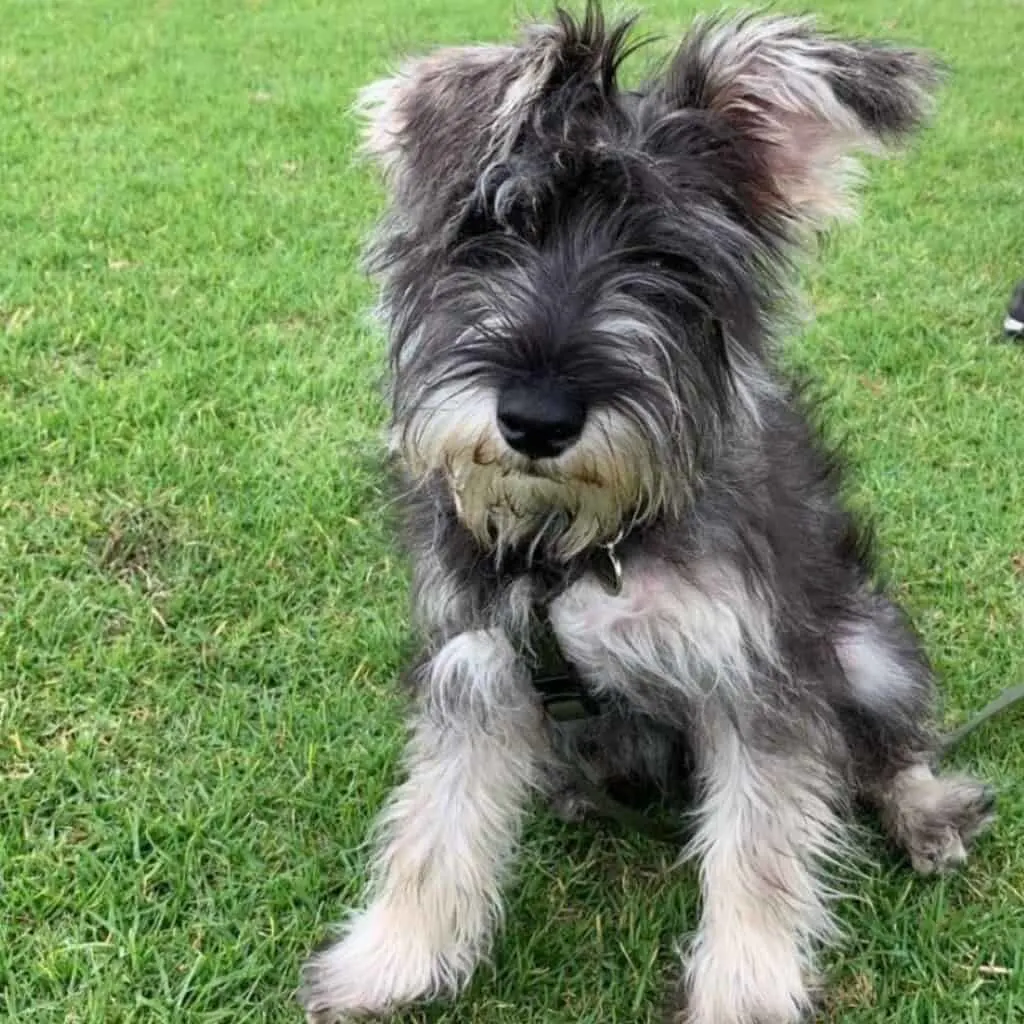
The salt and pepper combination comes from the Schnauzer, where it’s one of the 3 AKC recognized coat colors.
More of a pattern than a specific color itself, salt and pepper refers to the “banded” colors of a Schnoodle’s coat. This means that in any given strand of hair, it can have three colors present in it instead of just one solid color.
Because the shades of gray differ at various lengths of their coat, a salt and pepper Schnoodle can look significantly different after getting a haircut!
Related: Schnoodle Haircut Styles: Before & After Grooming Photos!
Typically, lighter shades of gray will be visible in specific areas of your Schnoodle’s body including their eyebrows, legs, and beard.
What is a Parti Schnoodle?
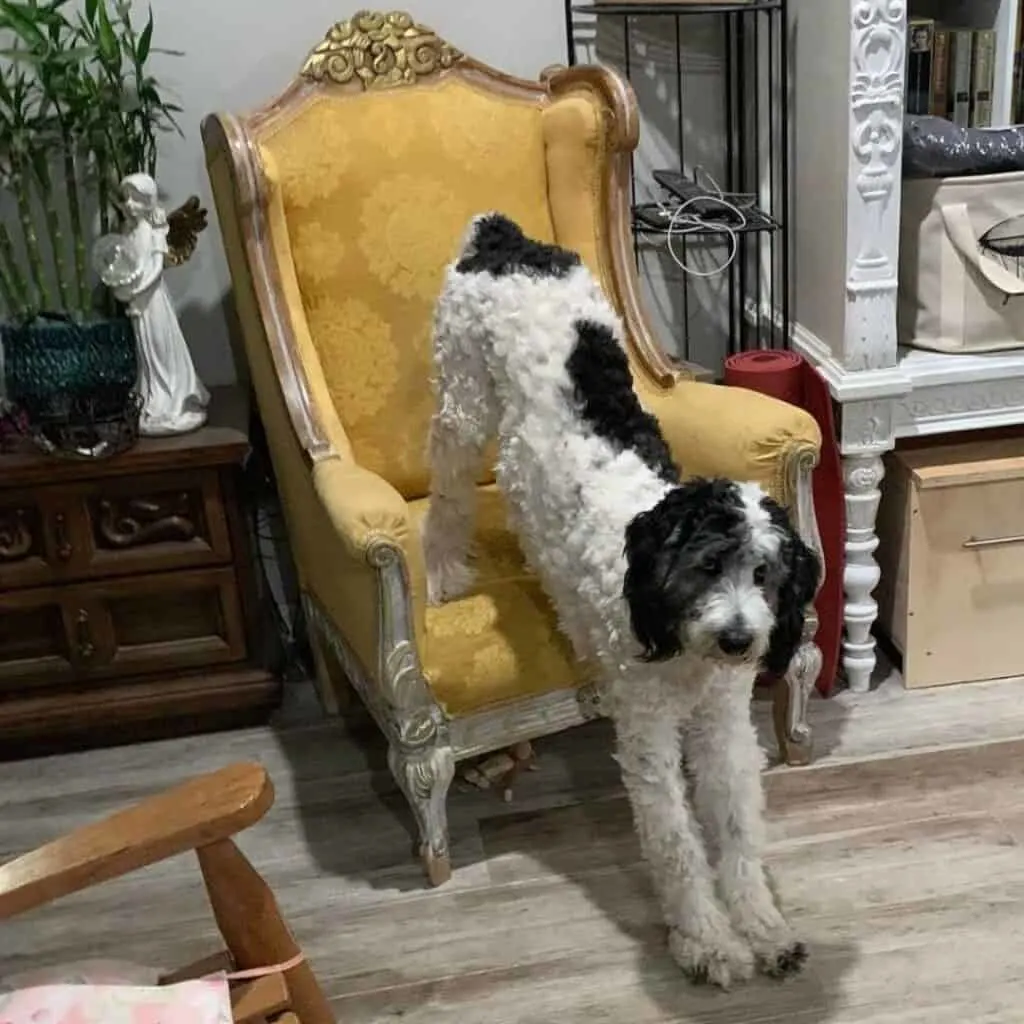
The color pattern of Parti Schnoodles is just as fun as it sounds! “Parti” is short for “particularly colored,” and all it means is that the base of your Schnoodle’s coat is primarily white and contains patches of any other color or colors.
What is Merle Schnoodle?
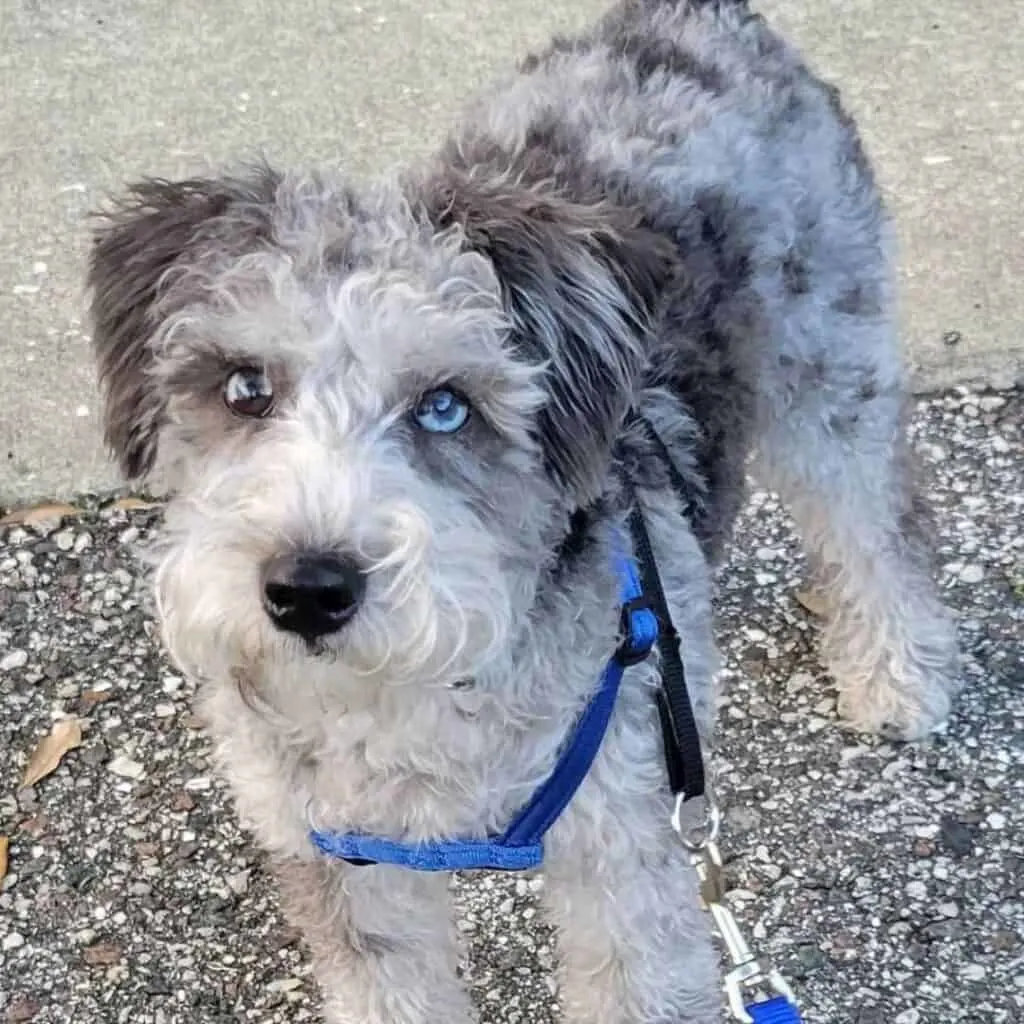
The coat of a Merle Schnoodle is characterized by having an uneven, speckled effect between lighter and darker shades of a color. Most commonly seen in black and white (or blue merle), there is also red (or liver merle.)
Besides the majestic color pattern, many merle dogs have one or two blue eyes!
Neither purebred Poodles nor purebred Schnauzers carry the merle gene. That means when you’re getting a Merle Schnoodle, it’s a mix of at least three breeds. Usually the Pomeranian or the Australian Shepherd is mixed in.
Keep this in mind because Merle Schnoodles are not as safe of a bet for allergy-sufferers and are more prone to shedding. Merle dogs are also controversial in that they commonly experience more health issues than other colors.
While I recommend all Schnoodle owners get pet insurance, because of the additional health risks associated with merle Schnoodles, it’s particularly important.
What is a Sable Schnoodle?
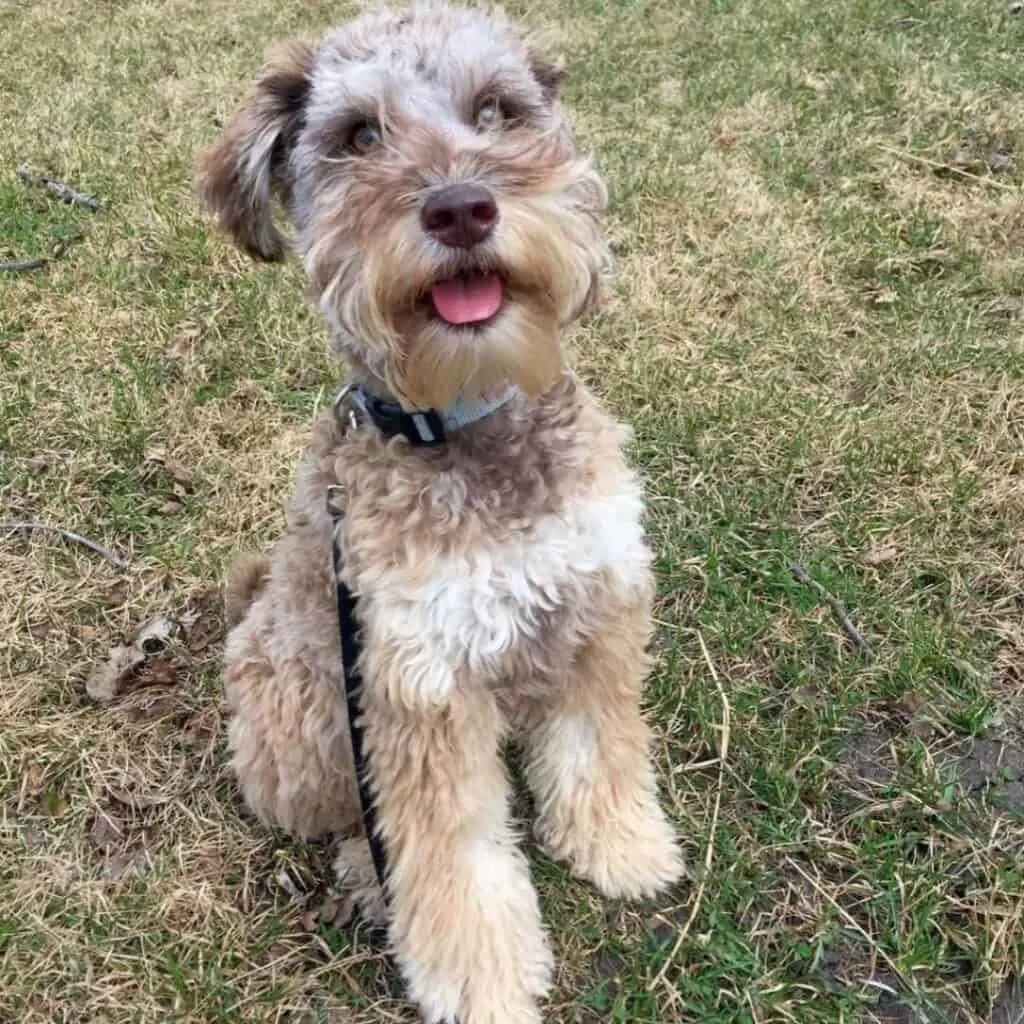
A Sable Schnoodle is characterized by having a black-tipped coat with a base of any solid color. Many people describe this unique pattern as looking like burnt toast.
While this pattern is very bold and distinct as a young puppy, a sable Schnoodle will “clear” or fade in color significantly as they age.
What is a Phantom Schnoodle?
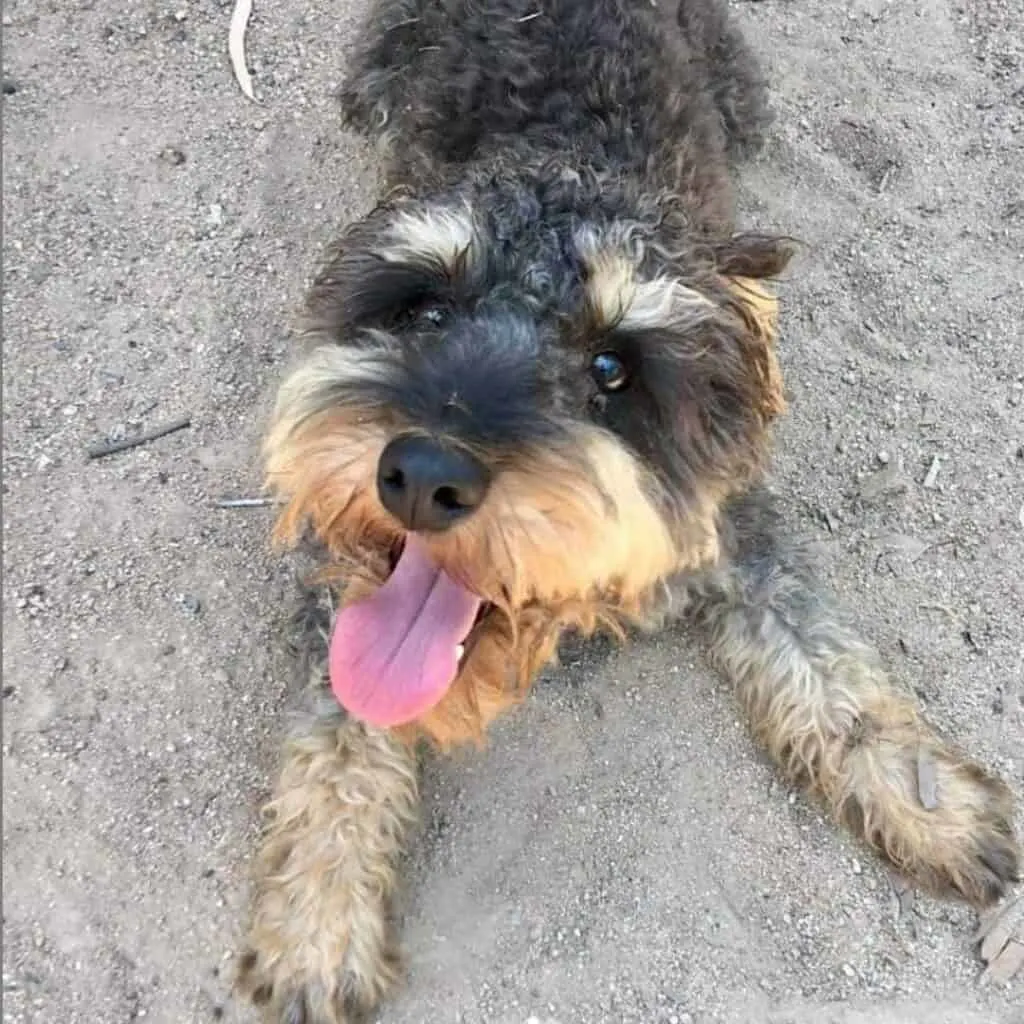
A phantom Schnoodle is simply a bi-colored coat pattern where the secondary color is located in specific spots on your dog’s body. Secondary color markings will be above the eyes, on the muzzle, lower parts of the legs, chest, and around the tail.
The most common color combination for a phantom Schnoodle is black with tan or brown markings.
Which Schnoodle Color is Best for You?
At the end of the day, what color of Schnoodle you choose is almost entirely based on personal preference. There really is no right or wrong answer! However, there are a few things to be mindful of.
First is price and availability. Like purchasing any other item, Schnoodle puppies are subject to supply and demand. For rarer, exotic color combinations you’ll likely pay a higher price and have to search around for a breeder selling them. For more common colors, they’ll be easier to find and less expensive.
Second is health concerns—this means for both you and your pup. Color patterns such as merle Schnoodles sometimes are created by including a third breed of dog into the mix. Technically, they’re not Schnoodles at all. This is fine, but it’s good to be aware of it!
Keep in mind these exotic color pattens not only make your dog more susceptible to triggering allergies and shedding, but they could predispose them to future health problems.
My advice is to worry about choosing a color last. In my opinion, it’s hard to go wrong with any color of Schnoodle—they’re all adorable!
I recommend prioritizing finding a reputable breeder and choosing which size of Schnoodle you get before worrying about what color the puppies are. The quality of your breeder plays a huge role in both health and temperament. Whether you get a mini Schnoodle, a toy Schnoodle, or a standard Schnoodle can play a big role in whether they’re a good fit in your family as well.
After you have those factors sorted out, feel free to swoon over all the Schnoodle colors to your heart’s content!




